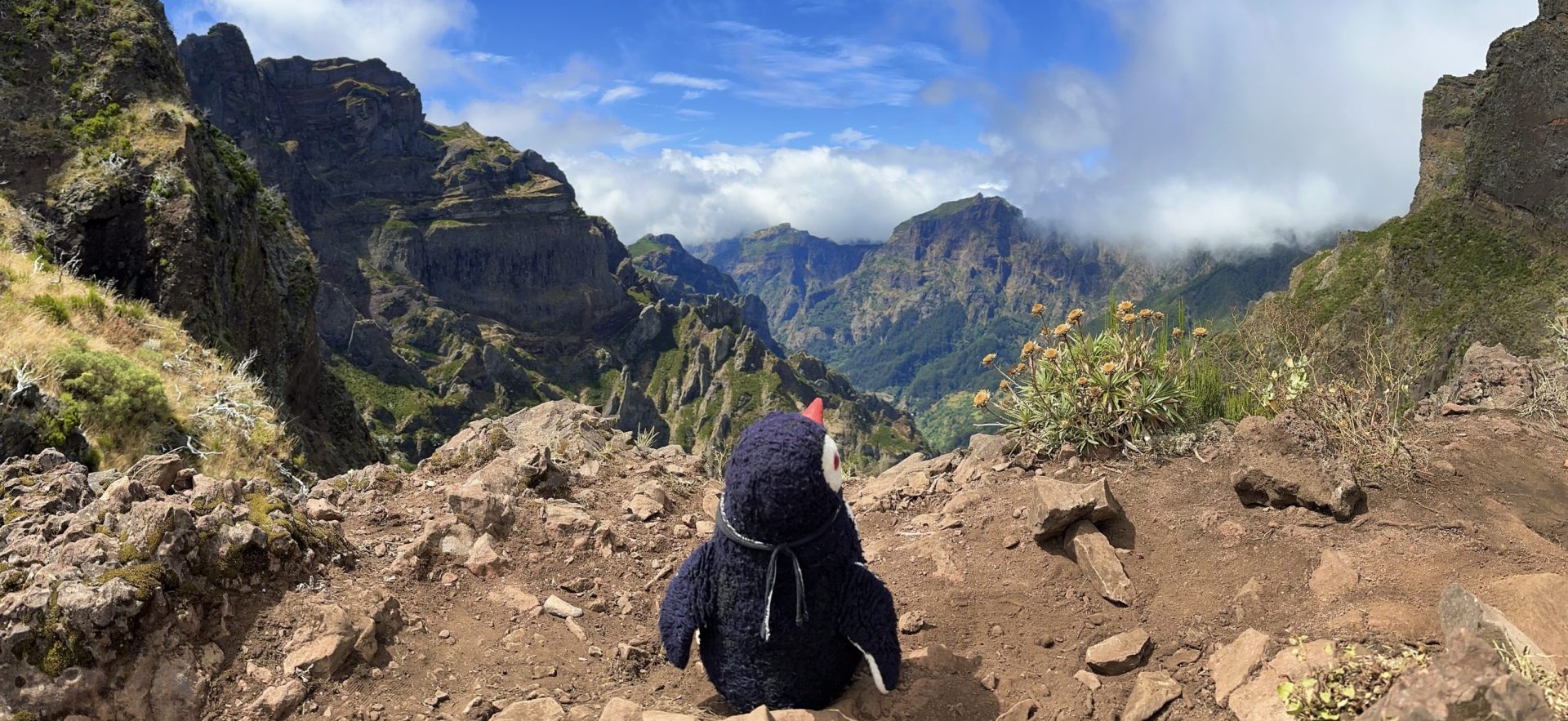Explore the old port town Nessebar in Bulgaria
Located at the Bulgarian coastline, north of the famous touristic residence Sunny Beach, Nessebar is one of the most outstanding destinations and seaports on the Black Sea. Due to its rich and influential history, UNESCO included the city in 1983 in its list of World Heritage Sites.
The city has two parts – a historical and a modern one, with hotels and residential buildings separated by an isthmus. The historical part is on an island, while the modern part is inland.

Accessibility
You can book a hotel directly in Nessebar and walk to the historical part. Or, even better, book your accommodation directly in the historical center. Both options are great.
We stayed in Sunny Beach and had to find other possibilities to get to Nessebar. There are many options available.
- By bus: with multiple operators, the timetable is rich, and it takes about seven minutes to get to Nessebar from Sunny Beach.
- By taxi: as Nessebar is close to Sunny Beach, a taxi is another excellent option. It will take about the same time as the bus, and the price can sometimes get even lower than a bus ride.
- By ferry: it’s possible to buy a two-way ticket and enjoy the short boat ride. The boats run every 30 or 45 minutes and cost up to 20 Leva.
- By the mini-train: you will see these mini (usually blue) trains all over Sunny Beach. They leave approximately every 15 minutes (but are unreliable), though still popular.
Waddle: is one option as well, which we choose as well. The distance from where we stayed in Sunny Beach was 5 km (about 3 miles). The majority of our waddle was alongside the beach (delightful). Overall it took us about one hour and was worth it.

The Old Nessebar
Originally it was a Thracian settlement that later became a Greek colony.
In the past, it was essential as a trading city, being a strategic point for all cultures. The town went through many epochs over time, which you can uncover until today.
Nessebar played a crucial part in the evolution of trade with a monetary system.

Stepping into the city feels like stepping back in time. You will walk on cobblestone streets while historical buildings will surround you. As you enter through the main gate, you will be greeted by cafes, restaurants, and souvenir shops. Ignore them and waddle on to get to the real Nessebar, with its old rich history.
It is sometimes said to be the town with the highest number of churches per capita. Today, a total of forty churches survived, wholly or partly. So we waddled on and explored what the town had to offer.
Church of Saint Sophia
This church you will find at what is believed to be the old center (or Centrum) of the settlement. It was built at the end of the 5th century and the beginning of the 6th century.

The Christ Pantokrator Church
The church dates back to the 13th to 14th century and is one of the most preserved. Inside it hosts exhibitions of photographs and old maps.

The Saint John the Baptist Church
The construction of this church, built in the 10th century, is made primarily of rough stone and mortar. During archaeological excavations, part of a restoration project carried out in 2012-2013; they found the church stands on the foundations of an Early Byzantine three-nave basilica that dates back to the 6th century.

Early Byzantine Baths
These were built in the 6th century during the rule of Byzantine emperor Justinian I the Great (527-565). In the same century, the underground water system was built for the entire town.

Basilica Holy Mother Eleusa
It is situated on the northern side of the small island. It was built in the 6th century. The excavation found that part of it has sunk into the sea.
Those are the sites we loved the most. We will not present all forty churches now. You have to go and explore the beauty of it yourself.
Just waddle on and enjoy the gorgeous town around you.

Read also about the Eternal City named Rome







Time for food
After all the waddling, we became hungry. Nessebar has a lot of establishments, and you can have your pick. All will serve you fresh fish and anything else local fisher oversees to catch in the morning.
We settled in a restaurant with the best view. Although the weather wasn’t the best, we wanted to overlook the sea.


The food was delicious. We tried the Bulgarian cold cucumber soup tarator, which tasted good and is an excellent choice for hot summer days.



Apart from a lot of restaurants, you can find here a lot of souvenir shops. Any alley you take, there will be a souvenir shop. Don’t get caught up in these tourist traps. It was too much for our taste.

However, the deeper you go into the town, you can find traditional handmade things created by the locals.


Nessebar is worth visiting. As usual, if you go later in the day, be prepared for the hoards of tourists, from which many will stick to the major attractions or souvenir shops. As you waddle on, you will find empty alleys where you can engage with the locals or actual inhabitants of the town.
Seeing them performing their everyday chores in such an ancient city brings a certain calm.


